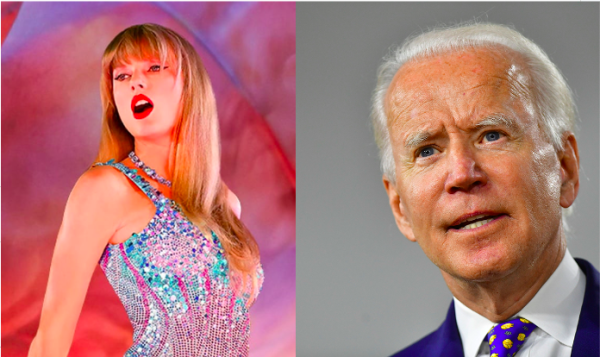The effects of filming in Hawaii

December 15, 2021
Many famous movies and TV shows have been filmed in Hawaii, from classic action movies like “Jurassic Park,”to comedies like “50 First Dates,” to TV series like “The White Lotus”- all of which take advantage of the lush nature scenes and the preconceived stereotypes that their audience will have about the region. However, many people indigenous to Hawaii have pointed out that media like this rarely centers around them and instead focus on using the scenery as a background for the adventures of people vacationing or visiting in general. While some people may see this as appreciation and a possible economic benefit for the people of Hawaii’s economy, there are still many concerns about how Hawaiian culture is being portrayed in these pieces along with the effects of filming in the state.
Many film productions have framed their wish for filming in Hawaii as an appreciation for the nature and culture of the state. However, there are many economic motivations that have caused film producers to take advantage of the islands for their projects. While filming has often brought in large amounts of jobs, such as the 4,194 jobs it offered in 2018 according to the DBEDT, and has offered large earnings, $167.8 million dollars in 2018, the effects on Hawaii’s spending has negative sides as well. In order to incentivize filming, according to James Charisma for Honolulu Magazine, the state of Hawaii offers a tax incentive of 20%-25% for film producers to film in Hawaii. The price cap of $15 million was recently added to try and prevent overspending for these films. While production in Hawaii can often lead to more jobs and earnings for the states, there is an issue of how much the state needs to pay in order to maintain filming production.
An issue of representation in films set in Hawaii has often been a problem too. Vox writer Mitchell Kuga expresses his frustration with how Native Hawaiian characters are not centered in media about their home and culture, specifically speaking on how the HBO series “The White Lotus,” uses Hawaiian culture and characters “using Hawaiian folk music the way it uses its few Native Hawaiian characters: as hollow plot devices in service of illuminating the inner lives of the series’s mostly white protagonists.” In the case of “The White Lotus,” the show centers around the lives of a group of tourists as they go through personal issues and growth all set in Hawaii. While there are two Native Hawaiian characters, both of their story arcs are centered around non-Native Hawaiian tourists and how they help those characters grow. While the show makes sure to satirize attitudes of white supremacy and ignorance, the show often misses the mark by not prioritizing showing the long lasting effects of imperialism and instead focusing more on the extravagant lives of tourists in the hotel.
Kuga further explains how “The White Lotus” portrayal of Hawaii goes further than just plot-line. “This disparity mirrors the current realities faced by Hawaii residents, many of whom feel they are being treated secondary to the needs of visitors,” states Kuga who goes on to explain specific instances of the Hawaiian government prioritizing tourists over the people who actually live in Hawaii. One instance was when there was a drought last July which led to a threat of a $500 fine for Maui locals who used water while many of the resorts, similar to those portrayed in “The White Lotus,” remained unchecked and unfined for their water use.
While plot lines and characters of movies and television set in and filmed in Hawaii are often lacking in representation, there are still other problems that arise when it comes to the actual logistics of filming in Hawaii. There are specific rules that must be followed according to the state of Hawaii’s film counsel. Some of these rules contain specifications about protecting the environment while others are more centered around either helping set boundaries for communities surrounding the film set or the cultural significance of the area.
These rules are often adhered to, however there have been instances of production companies failing to respond to complaints from surrounding communities about difficulties with the filming environments. Michael Brestovansky reported to the Hawaii Tribune-Herald how neighbors of the ITV television program “Love Island” struggled to cope with conditions such as trucks driving early in the morning, bright lights, and amplified audio from the set. Despite the fact that numerous complaints were made, there were still difficulties surrounding the issue. The issue was complicated by the fact that the filming permit was technically obtained by the book, however the employee who gave it to ITV ended up retiring before filming and there were difficulties in resolving the issue.
While filming in Hawaii has often helped support their economy, there are still negative effects of using the state as the setting for films and television. There has been a long history of ignoring the cultural significance of the areas where filmmakers have set their stories that have caused many Native Hawaiians to be concerned regarding how their home and culture is being portrayed to the public. Along with this there have been negative effects for those living in Hawaii that have made many wonder just how much money this industry is actually earning from the state after tax incentives and whether or not the challenges posed by the filming is worth that money. Because of all of these challenges regarding filming, there have been pushes from both Hawaiians and the Hawaiian government to center Hawaiian voices and narratives in filming by involving local writers in many films set in Hawaii.





